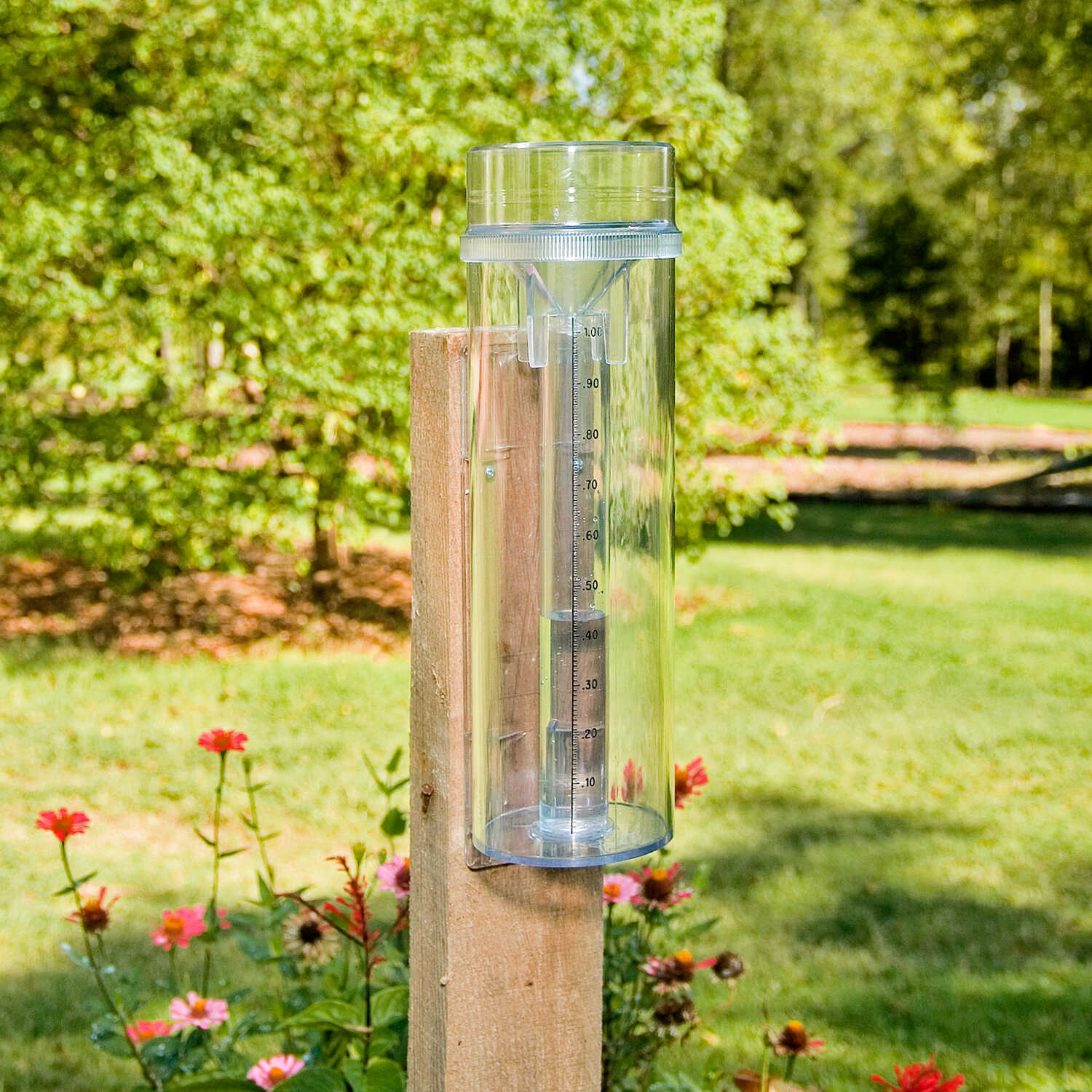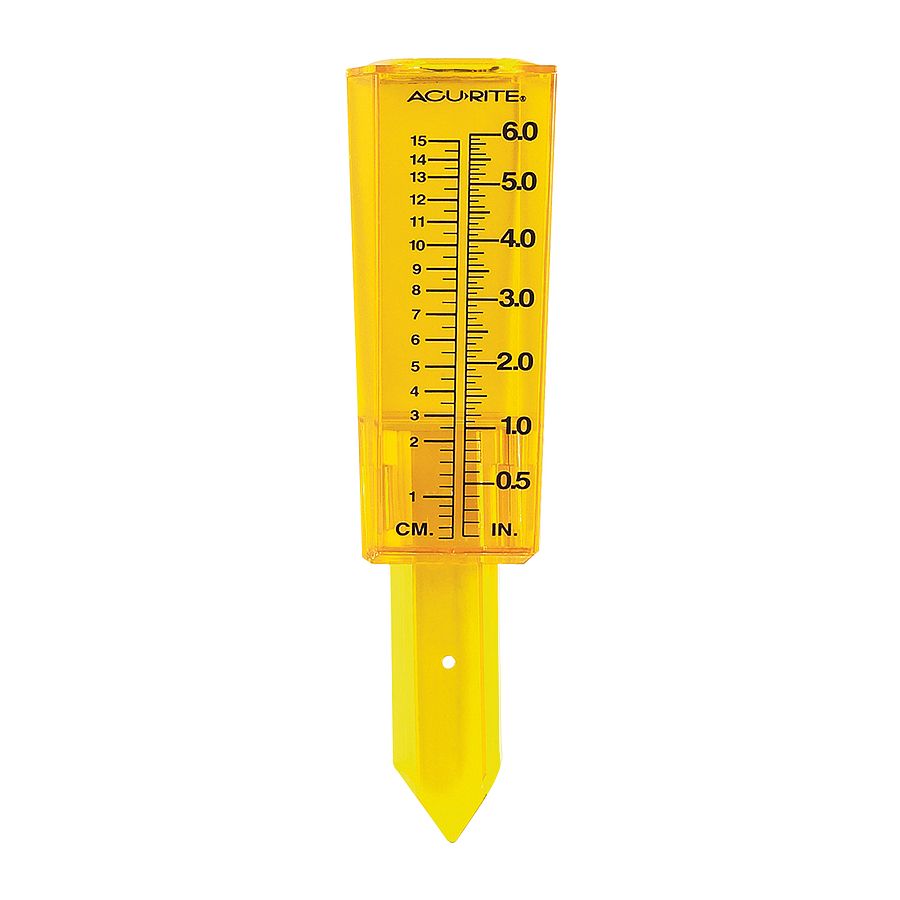Dive into The Rain Gauge: From Historical Evolution to Modern Applications
Dive into The Rain Gauge: From Historical Evolution to Modern Applications
Blog Article
Recognizing Rain Gauge Dimensions: A Total Guide
Recognizing Rainfall Gauge Measurements: A Complete Overview is an extensive resource for anybody looking for a much deeper understanding of rainfall gauge dimensions. Whether you are an expert in the field or merely have a curiosity regarding rains measurement, this overview will certainly furnish you with the knowledge required to efficiently use rainfall gauge measurements.
The Value of Rain Scale Measurements
The value of rain scale dimensions hinges on their duty as an important tool for precisely analyzing and keeping track of precipitation levels - The Rain Gauge. Rain scale dimensions provide beneficial data that aids hydrologists and meteorologists comprehend patterns and fads in rains, which in turn help in different fields such as agriculture, water resource management, and environment research

Accurate rains measurements are necessary for farming as they aid in determining irrigation demands, crop development, and yield predictions. Farmers depend on this information to make educated choices concerning when to water their crops, stopping water wastefulness and ensuring ideal plant wellness. Additionally, rainfall information helps in evaluating the influence of dry spells or excessive rainfall on crop production, making it possible for farmers to take appropriate procedures to reduce losses.
Water source management heavily counts on rainfall scale dimensions to establish the amount of water offered in lakes, rivers, and storage tanks. Specific dimensions make it possible for water supervisors to make enlightened choices concerning water allocation and distribution, guaranteeing sustainable use and avoiding shortages. This info is particularly important in regions where water shortage is a pressing issue.
Furthermore, rain scale dimensions play an essential duty in environment research study. By accurately measuring rains over expanded durations, researchers can evaluate long-term climate patterns and determine changes in precipitation patterns due to environment adjustment. This information aids policymakers and scientists develop strategies to adjust to and mitigate the effects of climate adjustment.
Kinds Of Rain Scales
There are various types of rainfall determines utilized to measure rainfall properly. Each type has its own benefits and restrictions, making them ideal for different functions and settings.
One of the most common type of rainfall gauge is the standard round gauge. It contains a round container with a vast funnel-shaped top to accumulate rain (The Rain Gauge). The water is then channelled into a finished determining tube, permitting exact dimension of the amount of rains
One more type is the evaluating rain gauge. This gauge makes use of a delicate equilibrium to gauge the weight of the accumulated rains. By converting the weight right into volume, the quantity of rainfall can be figured out. Evaluating rain assesses are especially helpful in locations with frozen rainfall or hefty rains, as they are not affected by spraying or evaporation.
Tipping bucket rainfall determines utilize a system that pointers a little pail each time it collects a certain quantity of rain. The number of pointers is tape-recorded and utilized to determine the rains. This kind of scale is typically utilized in automated weather condition stations as a result of its low maintenance demands and ability to supply real-time information.
Finally, there are radar-based rain determines that usage radar technology to approximate rains. These gauges gauge the strength of rainfall in a specific location by analyzing the mirrored radar signals. They are especially valuable for gauging precipitation over big areas or in remote areas.
Just How Rain Scale Measurements Job
Rainfall gauge measurements are based on the principle of gathering and gauging the quantity of rainfall. These instruments are made to record rain and offer an accurate measurement of the rainfall in a specific area.
One of the most typical sort of rainfall gauge is the typical round gauge. It includes a round container with a broad opening at the leading to gather rainwater. The accumulated water is then channelled into a measuring tube, which is calibrated to offer the measurement in systems of length, generally inches or millimeters.
Another sort of rain scale is the tipping bucket scale. When they reach a specific weight threshold, it utilizes a seesaw-like device with 2 buckets that tip. Each suggestion of the container represents a details quantity of rains, enabling precise measurements.
Some sophisticated rain assesses are outfitted with digital sensing units that immediately record and send information. These sensors use different modern technologies such as ultrasound or laser to gauge the amount of rains precisely.
Variables Influencing Rainfall Scale Precision
Environmental factors such as wind, temperature level, and climatic stress can substantially influence the precision of rain gauge measurements. Adjustments in atmospheric pressure can additionally influence the accuracy of rain gauge dimensions, as they can alter the rate at which rains is collected.
Functional variables, on the other hand, describe aspects associated with the design, installation, and upkeep of the rainfall gauge. The positioning of the rain gauge in an area with blocked airflow or near trees or structures can cause incorrect analyses because of blockage or splattering of rainfall. Incorrect calibration or irregular maintenance of the rain gauge can additionally impact its precision.
To ensure the accuracy of pop over to these guys rainfall gauge measurements, it is necessary to consider these aspects and take suitable procedures. This might include choosing an appropriate location for the rain scale, making sure correct installment and upkeep, and on a regular basis adjusting the tool. By resolving these factors, exact and trustworthy rainfall measurements can be gotten, which are essential for different applications such as weather condition projecting, hydrological studies, and agriculture.
Tips for Properly Determining Rain
To make sure specific rainfall dimensions, it is critical to apply details methods and strategies when utilizing a rainfall gauge. great post to read Here are some tips for accurately gauging rains:
Proper Placement: Position the rain scale in an open location, far from trees, structures, and other obstructions that might hinder the rainfall collection. It should be positioned on a degree surface area to avoid water merging or drainage.

Read the Range Appropriately: When taking measurements, checked out the water level at eye level from all-time low of the lens. Stay clear of parallax mistakes by straightening your view directly with the water level.
Consistent Time Interval: Establish a constant time interval for determining rains, such as every 24 hr or after each rainfall event. This guarantees precise monitoring and contrast of rainfall information.
Record Measurements Quickly: Record rains dimensions asap after collection to avoid evaporation or splilling. Use a rain scale with an integrated data logging attribute for automatic recording.
Conclusion
In verdict, understanding rain gauge dimensions is important for precisely gauging rainfall. It is important to think about factors that can affect the precision of rain scale measurements, such as placement, dissipation, and wind.
Recognizing Rain Scale Measurements: find this A Total Guide is a comprehensive source for any individual looking for a much deeper understanding of rain gauge dimensions. Whether you are a professional in the field or merely have an interest regarding rains dimension, this overview will furnish you with the knowledge required to effectively make use of rainfall gauge measurements.
The most common kind of rain scale is the basic round gauge.The most typical kind of rain scale is the conventional cylindrical scale.An additional type of rainfall scale is the tipping bucket gauge.
Report this page